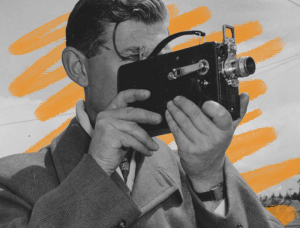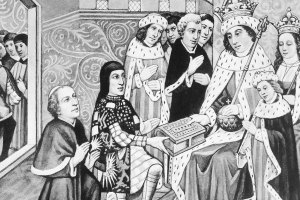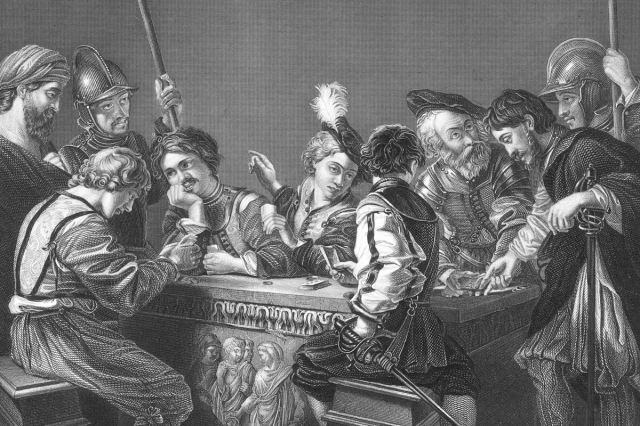Medieval people sometimes slept in two shifts.
Most adults need about seven hours of sleep per night, but there’s nothing in the rule book about getting all seven hours at once. For the thousand or so years that encompassed the Middle Ages, in fact, people in Western Europe sometimes slept in two shifts: once for a few hours usually beginning between 9 p.m. and 11 p.m. and again from roughly 1 a.m. until dawn. The hours in between were a surprisingly productive time known as “the watch.” People would complete tasks and chores, relieve themselves (sometimes directly into the fire keeping them warm), check on any farm animals they were responsible for, pray, socialize, and be intimate.
Sleep was also communal at the time, with entire families often sharing a single bed; sometimes visitors or even strangers passing through the area bunked together. People often luxuriated in bed and conversed with one another during the waking hours at night, apparently in a more relaxed, informal manner than they would during the day — being half-asleep on the same pillow does lend itself to a certain closeness, after all. They would then fall back asleep until morning.
Biphasic sleep fell out of practice in Europe with the Industrial Revolution, as the rise in artificial lighting altered people’s circadian rhythms by allowing them to stay up later. Because folks still had to wake up at the same early hour, however, they began getting all their rest in one shift rather than two.















